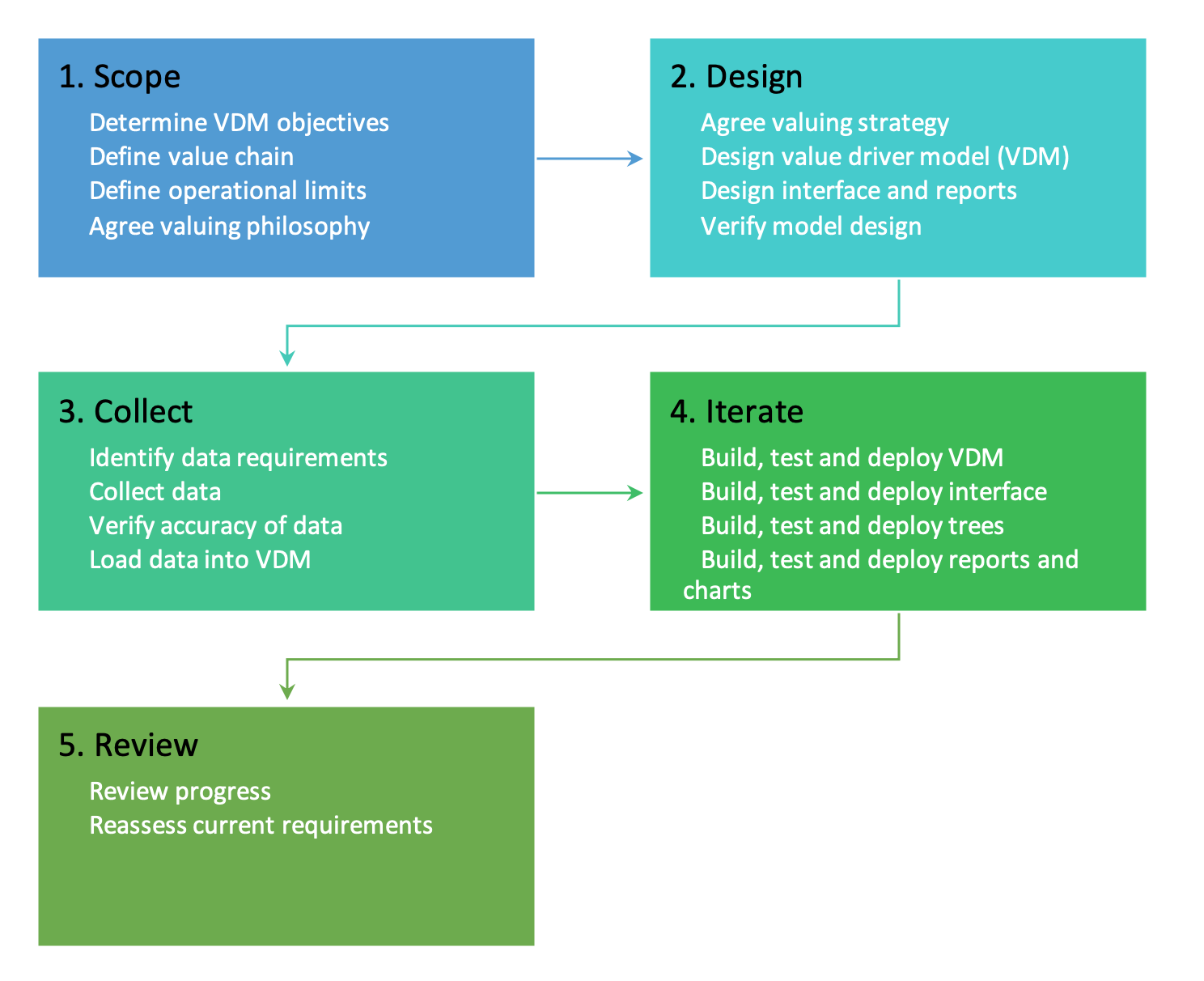The business environment is constantly evolving and we at Concerto want to make sure you are armed with all you need to know when it comes to leveraging your company’s analytics to deliver strategic business insights. Who better to demystify business strategy using company data and value driver tree (VDT) concerns then our resident Thought Leader Reuben Kearney.
Reuben prides himself as a keen strategic thinker in business as well as in his personal interests; tabletop game development, he designed his first abstract strategy game in 2010 called ‘Sajin’ also referred to as ‘Three Strengths’. The game focuses on a number of unique ranged attacks which are comparable to Chess, the aim is to encourage close counter battles. Since then, he’s designed over thirty games and published three.
Like strategic planning in business, game design involves balancing opposing elements. Combining an enjoyable game mechanic that relies on strict rules and an intriguing storyline is the key to creating a captivating game. In business strategy, it’s combining the stark facts of competitive forces with a compelling communication to engage your leaders, teams and stakeholders. Now roll this together with your company data and you’re getting close to a formalised framework for your business strategy.
Your business strategy framework needn’t be complicated, so, to get you going here’s Reuben’s tried and tested approach when you’re working through your company data;
- Scope – Determine and define your objectives
- Design – Agree on design methodology
- Collect – Identify, collate and load company data
- Iterate – Build, test and deploy output
- Review – Understand progress and reassess any further metrics required
Flow chart below:
 Now the beauty of Concerto enables a digital support lens for your business strategy framework, it allows you to view your company data live in a highly intuitive and effectively simple Value Driver Tree model or as a high-level scorecard which allows you to share this data with your teams or clients regularly to manage improvements, define direction or create new benchmarks.
Now the beauty of Concerto enables a digital support lens for your business strategy framework, it allows you to view your company data live in a highly intuitive and effectively simple Value Driver Tree model or as a high-level scorecard which allows you to share this data with your teams or clients regularly to manage improvements, define direction or create new benchmarks.
“The advantage of implementing your data with Concerto is that the fourth stage, ‘Iterate’ is entirely revolutionised digitally into a robust and sophisticated tool, ready to go.” – Reuben Kearney
To quickly get your company data visualised and set up to make the best strategic decisions, try out the Concerto Pioneer trial for free for three months: https://concertoanalytics.com/sign-up/
Authors:
Reuben Kearney is part owner of Reign Makers Capital, a specialist management consulting firm focused on helping their clients improve their performance using facts. His blogs cover topics related to value driver tree modelling, agile improvement, project management and workforce analytics.
Nicole Hindson is the Marketing Manager of Concerto, her main focus is to strategically shape, communicate and creatively evolve the brand to grow across multiple sectors, locally and globally.

